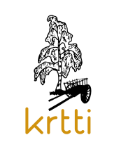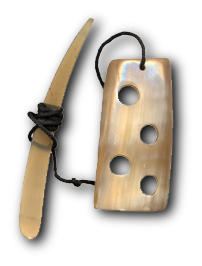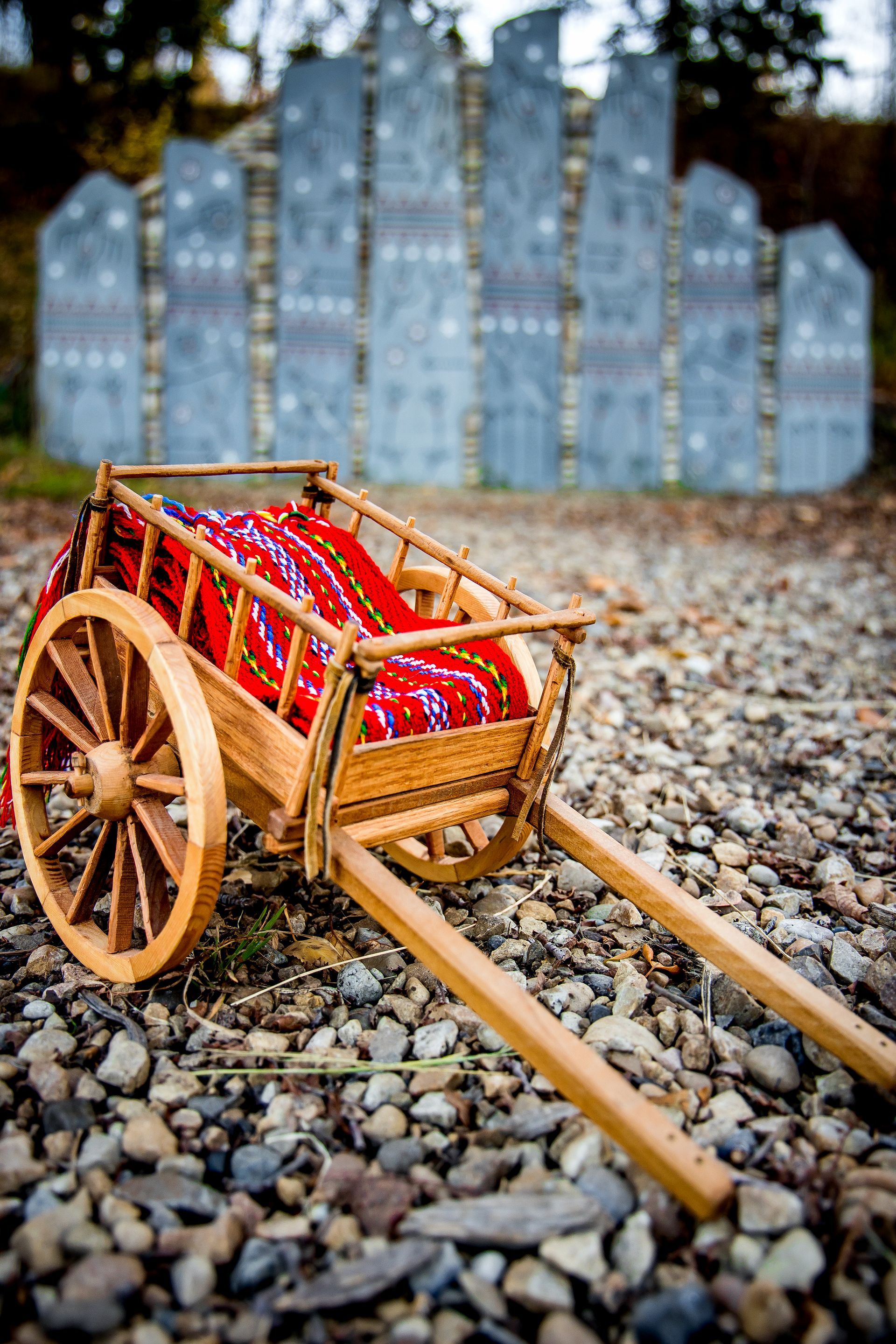Reviving Traditional Indigenous Games: Bridging History, Education, and Community Engagement
The Historical and Cultural Significance of Indigenous Games
Games have always been a fundamental part of human culture, serving as tools for education, socialization, and entertainment. Indigenous peoples across Canada have a rich tradition of games that not only entertain but also educate and build community bonds. These games, deeply rooted in cultural heritage, offer modern society valuable lessons in history, mathematics, strategy, and social skills. Let's dive into why reviving traditional games matters and how they can inspire and connect us today.
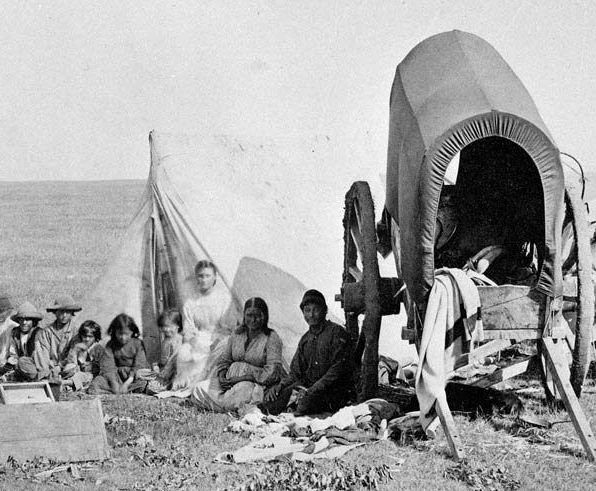
A Celebration of Indigenous Games and Traditions
The Stick Game
The Stick Game, now available in our shop, is a traditional game with deep roots in Blackfoot Nation history. It wasn’t just for fun—this game was a way to teach and develop important skills like hand-eye coordination, precision, and focus. These were essential for everyday life, especially for activities like hunting.
Traditionally, the game was played using simple, portable materials like painted sticks or buffalo ribs, along with smaller sticks to keep score. Its portability made it easy to bring along during travels, which is why it became such a cherished part of blackfoot culture and social gatherings. When you bring this game into your home, you’re not just playing—you’re connecting with history and enjoying an activity that builds both physical and mental skills.
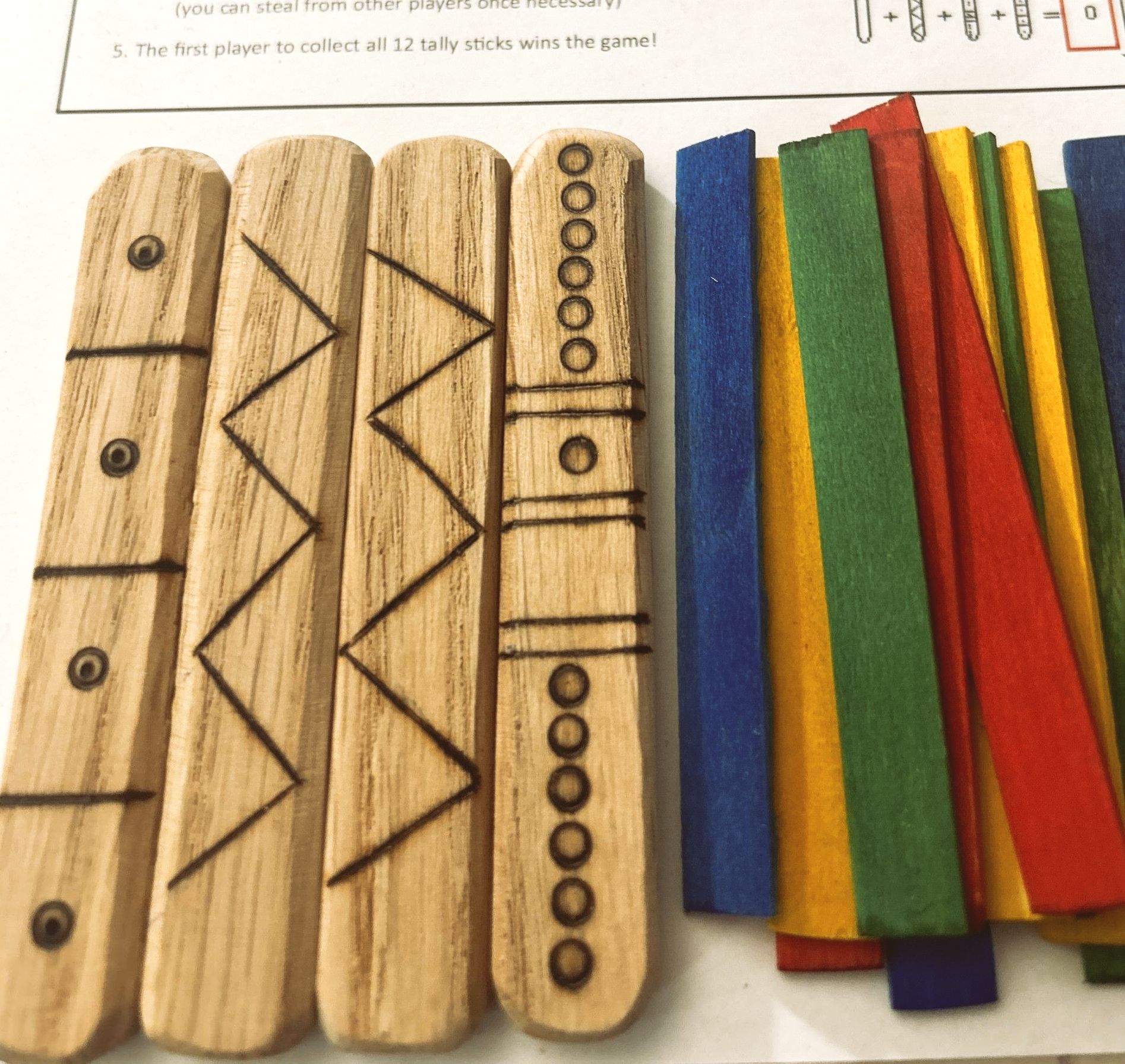
Ring and Stick
The Ring and Stick Game is a traditional Indigenous game that combines fun with skill-building. Players use a hoop—crafted from rawhide or wood—attached to a stick, aiming to toss the hoop into the air and catch it on the stick’s end. Hoop sizes and stick lengths are often adjusted by age, with larger hoops for younger players and smaller ones for older participants. It serves as both a recreational activity and an educational tool, helping to develop hand-eye coordination, precision, and focus while fostering cultural traditions.
In Métis culture, traditional games like the Ring and Stick Game hold a significant place in both socialization and entertainment. By playing the Ring and Stick Game, individuals not only enjoy a fun and engaging activity but also connect with their culture, preserving history and passing down valuable traditions in an educational and meaningful way.
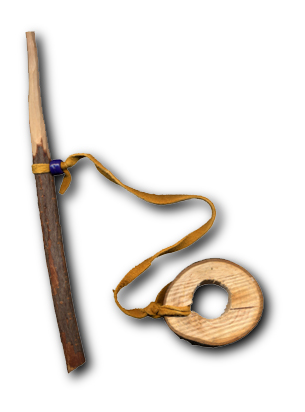
Nalukataq
Inuit communities have created traditional games that beautifully reflect their environment, lifestyle, and values. These games often blend physical skill with social connection, showcasing the importance of community and adaptability. For example, Nalukataq, a celebratory game, involves participants being tossed into the air on a large blanket—a thrilling test of strength, balance, and trust that brings the community together.
Similarly, games like Ajagaq, where players use a stick to catch a ring, focus on developing dexterity, precision, and hand-eye coordination. These activities, much like the Ring and Pin Game, highlight the deep connection between traditional games and the skills needed for survival and success in their unique environments. Through play, these traditions foster both community spirit and individual growth.
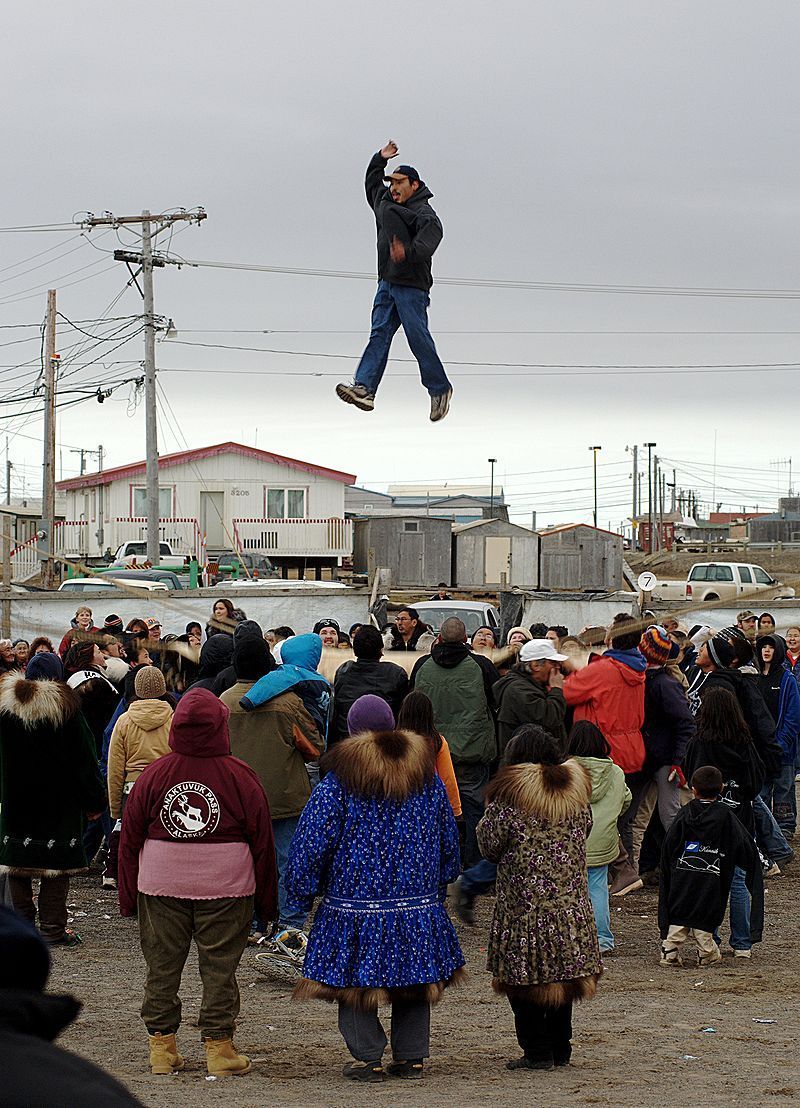
Waltes
The Mi’kmaq people, from the Atlantic provinces of Canada, have a rich tradition of games that bring together fun, skill, and cultural significance. One of their traditional games, Waltes, is a dice game that challenges both strategy and precision. Players use small dice, traditionally made from animal bones, tossing them into a wooden dish and scoring points based on how they land.
Waltes is more than just a game—it’s a way to teach important skills. It introduces mathematical concepts like counting and probability while also encouraging strategic thinking. Players need to anticipate outcomes and plan their moves, making it a fun and hands-on way to build cognitive skills.
Beyond its educational value, Waltes is a social game that fosters connection and healthy competition. Played in groups, it brings people together while celebrating Mi’kmaq culture and traditions. Games like this not only entertain but also pass down important lessons, keeping the heritage and ingenuity of the Mi’kmaq alive.
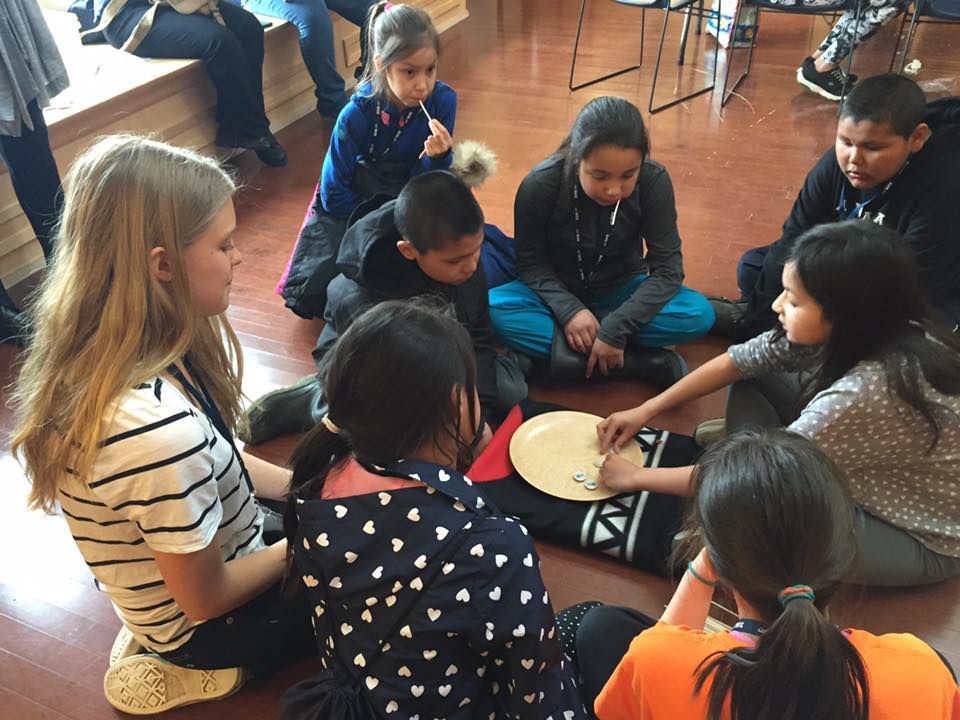
Hand Pull
The Hand Pull Game is a traditional activity that blends skill, strength, and balance while celebrating Indigenous culture and tradition. This engaging game has roots in community gatherings, offering both fun and an opportunity to build essential physical and cognitive skills. Played in pairs, participants test their control and endurance as they work to outmaneuver their opponent through steady pulling, aiming to either extend their opponent’s arm fully or pull them off balance.
The game isn’t just about competition; it’s a test of strategy and focus, as players must carefully balance force with technique to succeed. Beyond its entertainment value, the Hand Pull Game helps develop coordination, grip strength, and resilience. These physical benefits, combined with its rich cultural significance, make it a meaningful activity for players of all ages.
Perfect for social settings, the Hand Pull Game fosters friendly competition and connection, while also introducing participants to traditional games that have been enjoyed and passed down for generations. It’s a great way to experience culture, skill-building, and fun all at once. Discover this handcrafted game in our
store and bring a piece of tradition to your home or community!

The Educational Value of Traditional Games
As we look for ways to enrich the educational and recreational experiences of children and adults alike, traditional Indigenous games offer a unique opportunity. These games can be seamlessly integrated into various modern settings, providing numerous benefits while preserving cultural heritage.
Schools
Incorporating traditional Indigenous games into school curricula can enhance learning by providing students with hands-on experiences that teach history, mathematics, and cultural appreciation.
Educators can use these games to:
- Integrate History and Culture:
- Use games to teach students about the diverse cultures of Indigenous peoples across Canada.
- Enhance Mathematics Skills:
- Games like the Blackfoot Stick Game and Mi’kmaq Waltes involve probability, patterns, and data management.
- Develop Critical Thinking:
- Games encourage strategic thinking and planning as students decide how to score points and when to steal tally sticks from others.

Great for All Ages
Traditional games offer more than just fun, they’re a meaningful way to develop motor skills, hand-eye coordination, and social interaction for all ages. Simple games like Ring and Pin or the Stick Game are perfect for introducing elements of culture and history while keeping players engaged and active. These games aren’t just for children, they can also be enjoyed by adults and adapted for people with mobility or dexterity challenges, making them accessible to everyone.
Whether in daycare, school, or community settings, these games provide meaningful activities that promote both physical and cognitive development while fostering connection and creativity. By incorporating traditional games into our lives, we carry forward the values, skills, and traditions that have been celebrated for generations.
Explore our store to discover beautifully handcrafted traditional games and bring the spirit of Indigenous culture into your home, classroom, or community. Don’t forget to subscribe to our blog for more stories, tips, and inspiration about Métis art, history, and craftsmanship!
